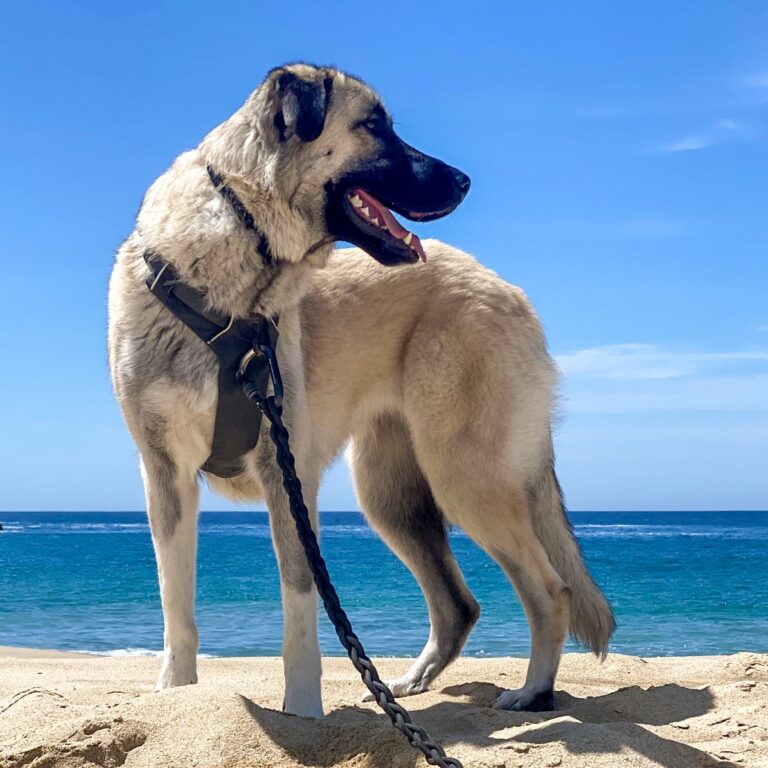To train a dog with a shock collar, start by introducing the collar gradually and pairing it with positive reinforcement. Use the lowest level of stimulation to teach basic commands and always follow the collar’s instructions to avoid causing harm or distress to the dog.
It’s important to monitor the dog’s behavior closely and seek professional guidance if needed. Training a dog with a shock collar requires a strategic and cautious approach to ensure the safety and well-being of the pet. Introducing the collar gradually and pairing it with positive reinforcement helps the dog associate the collar with positive experiences.
By using the lowest level of stimulation, one can effectively train the dog to respond to basic commands while maintaining their comfort. However, it’s crucial to closely monitor the dog’s behavior and seek professional guidance if any issues arise during the training process.
Understanding The Different Types Of Shock Collars
Proper Introduction And Acclimation
Effective Training Methods
Discover effective training methods for dog shock collar training. With proper techniques, you can train your dog to respond positively to the collar. Learn how to use positive reinforcement alongside the shock collar to ensure effective and humane training for your pet.
Understanding The Dog’s Response
Using a shock collar to train a dog can be controversial, but understanding the dog’s response is crucial. It’s important to closely monitor the dog’s behavior and reactions when using a shock collar. Look for signs of discomfort or distress such as whining, cowering, or avoiding commands. If you notice these signs, it’s essential to reevaluate your training methods and consider alternative approaches. Paying attention to the dog’s responses will help ensure their well-being and positive training experience.
Balancing Discipline And Compassion
When training a dog with a shock collar, it’s important to balance discipline and compassion. The use of positive reinforcement methods alongside the collar can help maintain a healthy and respectful relationship between the owner and the pet. It’s essential to approach the training process with empathy and understanding.

Credit: www.preventivevet.com
Frequently Asked Questions For How To Train A Dog With A Shock Collar
What Is A Shock Collar For Dog Training?
A shock collar, also known as an e-collar, is a training tool designed to deliver a mild electrical stimulation to the dog’s neck to enhance obedience. It can be used to reinforce desired behaviors and deter unwanted behaviors, but must be used with proper training and care.
Is It Safe To Use A Shock Collar For Dog Training?
When used properly and responsibly, a shock collar can be a safe and effective tool for dog training. It’s important to select a collar with adjustable settings and consult a professional trainer for guidance on proper usage. Additionally, always prioritize positive reinforcement methods in conjunction with the shock collar.
How Do I Properly Introduce A Shock Collar To My Dog?
Introducing a shock collar to your dog should be a gradual and positive process. Begin by allowing your dog to become familiar with the collar, associating it with positive experiences such as treats and praise. Start with low-level stimulations and focus on consistent, clear commands to ensure understanding and minimize stress for your pet.
What Are The Potential Risks Of Using A Shock Collar?
Improper use of a shock collar can lead to negative behavioral effects and cause undue stress or fear in dogs. It’s crucial to avoid prolonged or excessive stimulations and to never use the collar as a form of punishment. Always prioritize the well-being and comfort of your dog when utilizing a shock collar for training.
Conclusion
Using a shock collar to train your dog can be effective when used properly and with care. However, it is crucial to consult with a professional trainer to ensure that you are using the collar in a safe and humane manner.
Always prioritize your dog’s well-being and safety above all else when considering this training method. With patience, consistency, and positive reinforcement, you can achieve successful training outcomes for your furry companion.



